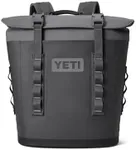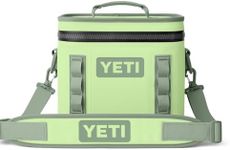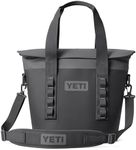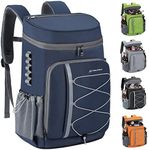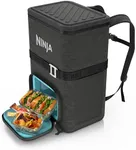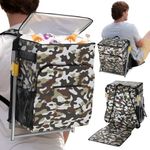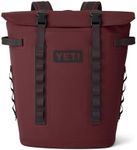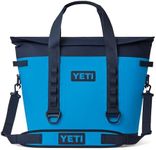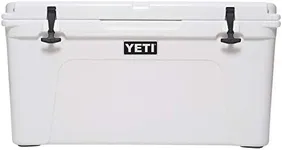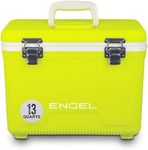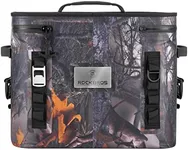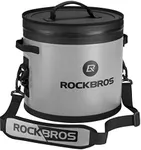Buying Guide for the Best Backpack Coolers
Choosing a backpack cooler can make your outings, hikes, or picnics much more enjoyable, as it allows you to carry food and drinks while keeping them cold and fresh. To find the right fit for your needs, it's important to focus on the main features and specifications that affect how the cooler will perform for you. Understanding these specs will help you select the model that will be comfortable to carry, suitable for your storage needs, and keep your items cool for as long as you require.CapacityCapacity refers to how much the backpack cooler can hold, usually measured in liters or by the number of cans it can fit. This is important because it determines how many drinks or how much food you can take with you. Small coolers (under 20 liters) are good for solo trips or short outings, medium-sized (20 to 30 liters) work well for couples or small groups, and large coolers (over 30 liters) are designed for group excursions or longer adventures. Pick the size based on how many people you plan to pack for and how long you'll be out. It's best to choose a capacity that meets your needs on most occasions—too large and it will be heavy and bulky, too small and you might run out of storage.
Insulation PerformanceInsulation performance is about how well the backpack keeps the contents cold, usually described in terms of hours items stay chilled. This is crucial if you’ll be outdoors for a long period or in hot weather. Some coolers can keep ice for just a few hours, while others can maintain cool temperatures for up to a day or more. If you only need to keep things cold for a couple of hours, basic insulation is fine, but for hiking, camping, or day-long use, look for higher-performance insulation. Your outdoor plans and the expected temperature will guide you toward the right level of insulation.
Weight and ComfortThe weight of a backpack cooler and its carrying comfort matter a lot, especially if you plan to walk long distances. Weight includes both the empty cooler and how much it weighs when full. Heavier models might offer better insulation or capacity but can be uncomfortable. Comfort features like padded shoulder straps, chest straps, and back padding spread the load and make a big difference on longer hikes. If you expect to walk far or carry it for extended periods, look for ergonomic designs and lighter models, while for shorter walks, this might be less critical.
Durability and MaterialDurability refers to how tough and long-lasting the backpack cooler is, which is mostly influenced by the material used. Common materials include nylon, polyester, or thicker waterproof fabrics. Higher-quality fabrics resist tears and are better at handling rough use. Waterproof or water-resistant fabrics and zippers make the cooler suitable for rain or wet environments. If you often go into rugged areas or plan to use the cooler a lot, prioritize durability and tougher materials. For occasional city use or gentle outings, lightweight materials may suffice.
Leakproof and Waterproof FeaturesLeakproof construction prevents melted ice or spilled drinks from seeping out and making a mess. Some coolers have special liners or sealed seams to keep liquid contained. This specification is important if you plan to pack ice, loose cans, or anything else that could melt or spill. Waterproof features, like treated fabrics and zippers, also protect against rain or accidental splashes. If your activities involve lots of ice or risk of spills, prioritize leakproof and waterproof models, while for short, dry trips, this may be less essential.
Additional Features and PocketsSome backpack coolers come with extra pockets, bottle openers, straps for towels, or compartments for dry items. These features add convenience, letting you organize your belongings and access frequently used items without opening the main compartment. If you like to bring utensils, snacks, sunscreen, or other small necessities, extra pockets come in handy. Consider how organized you want to be and what extras you’ll bring along—choose accordingly based on how much convenience you need.
